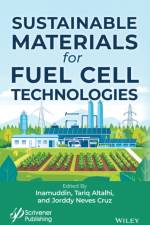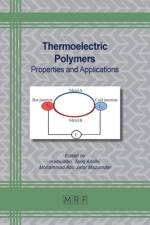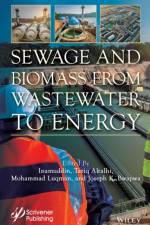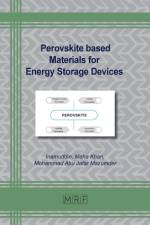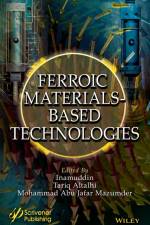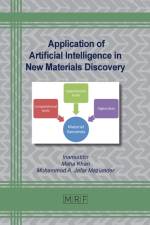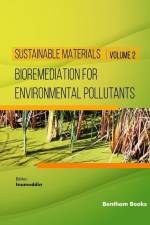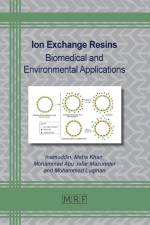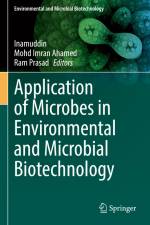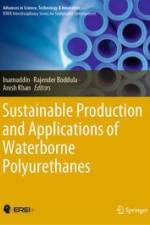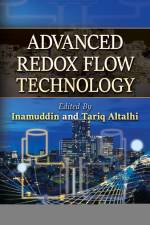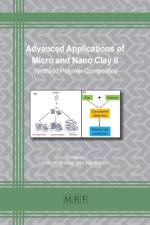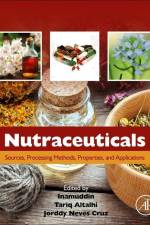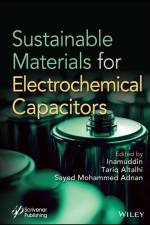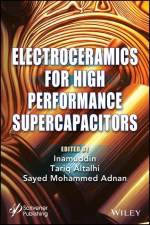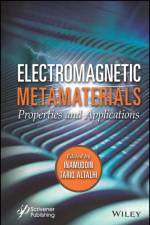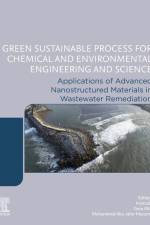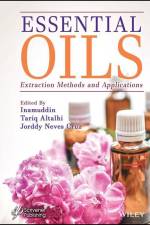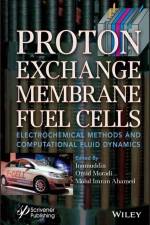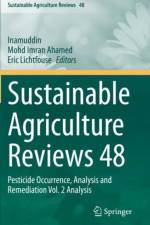av Inamuddin
5 439
This exciting new volume, written and edited by some of the world's foremost experts in the field, provides up-to-date information about the chemical structure of essential oils, as well as their therapeutic and biological actions. It defines their functional uses while evaluating the advantages and disadvantages of their application in various sectors. Essential oils have been used by global communities for centuries, for different purposes such as medicinal, flavoring, preservatives, perfumery, aromatherapy, dentistry, cosmetics, insecticide, fungicide, and bactericide, among others. Essential oils are natural and biodegradable substances, usually non-toxic or with low toxicity to humans. Essential oils are botanical products that have volatile nature, known for their special odor, and found to be effective in the treatment of oxidative stress, cancer, epilepsy, skin allergies, indigestion, headache, insomnia, muscular pain, respiratory problems, etc. Essential oils principally enhance resistance to abiotic stress and protection against aquatic herbivores. They possess antimicrobial, antifungal, antitumor, and antioxidant properties. Essential oils are known to be volatile and susceptible to degradation from various ambient conditions, including temperature, air, light, and humidity, which limits their applications. Encapsulation is a proven technique that can protect essential oils and enable their use in various applications. This book aims to provide current knowledge on the chemical structure, therapeutic, and biological activities of essential oils, as well as to describe their functional uses and assess the benefits and drawbacks of their usage in various fields. By exploring the latest research on essential oils and their encapsulation, this book offers valuable insights and practical guidance for anyone interested in the science and application of these fascinating compounds.

